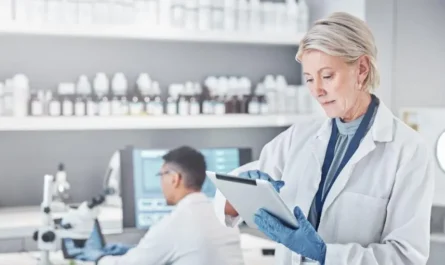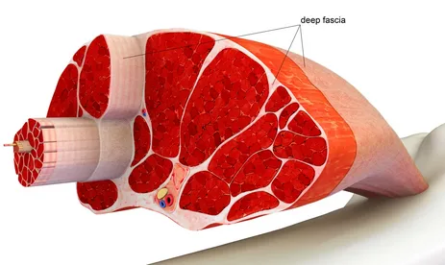In the evolving landscape of transportation, interoperability is key to creating smarter and safer traffic systems, according to Tero Päivärinta, a professor of Empirical Software Engineering at the University of Oulu in Finland. With the increasing reliance on software in vehicles, particularly in IoT devices, such as cars, there is a need to ensure that different systems can communicate and react effectively to their environment and other vehicles on the road.
Päivärinta highlights the growing demand for mobile communications and connectivity in order to make cars more aware of their context. This includes the need for standardized interfaces that can facilitate connectivity, assist with driver controls, and eventually support various work and entertainment applications. By standardizing these interfaces, interoperability can be ensured, creating a seamless ecosystem for software companies to develop products that can be used across different car brands.
Furthermore, Päivärinta stresses the importance of European automobile manufacturers working together on standardization and creating clusters, rather than focusing on individual brands or manufacturers, in order to compete with American and Chinese counterparts. The city of Oulu in Finland, known for its automotive cluster comprising of around a hundred companies, exemplifies this approach, with many modern cars worldwide containing software developed in this region.
Drawing a parallel with mobile phones, Päivärinta envisions a future where cars function similarly in terms of interoperability. Just as mobile phones from different manufacturers can be used interchangeably across various networks, the infrastructure and interoperability necessary for smart cars driving on smart roads in smart cities must be developed. This includes considering the challenges and opportunities posed by urban air mobility, which offers a new perspective on transportation.
Jussi Haapola, an Adjunct Professor at the University of Oulu, who specializes in the wireless communications of vertical applications, emphasizes the significance of air and ground communications in the development of future transportation solutions. With the advent of urban air mobility, the ability to transport cargo and people, conduct air rescues, monitor terrestrial traffic, and create public safety applications becomes increasingly important. This requires ultra-fast and reliable data transfer, which Haapola believes can be achieved through the development of 6G technology.
Haapola envisions 6G as an enabler rather than an end goal. The technology aims to process a vast amount of information from various sources quickly and intelligently, enabling real-time traffic planning and alerting drivers and vehicles to potential hazards. The ultimate aim is to make 6G as accessible and seamless as electricity or air, enabling individuals to focus on their tasks while traveling, whether for work or leisure.
Both Päivärinta and Haapola foresee a future in which cars and their occupants have digital representations. These digital twins will allow for personalized adjustments, such as seat configurations, and automatic selection of streaming services based on individual preferences. With advancements in 6G technology, the way individuals use their time while traveling will be revolutionized, providing a more productive and enjoyable experience.
In conclusion, the future of traffic lies in interoperability and standardized interfaces, which will enable seamless connectivity and communication between vehicles. This will facilitate the development of smart traffic systems, supporting both ground and air transportation. As the industry progresses, the role of 6G technology becomes increasingly important in ensuring fast and reliable data transfer, ultimately enhancing the overall travel experience for individuals.



